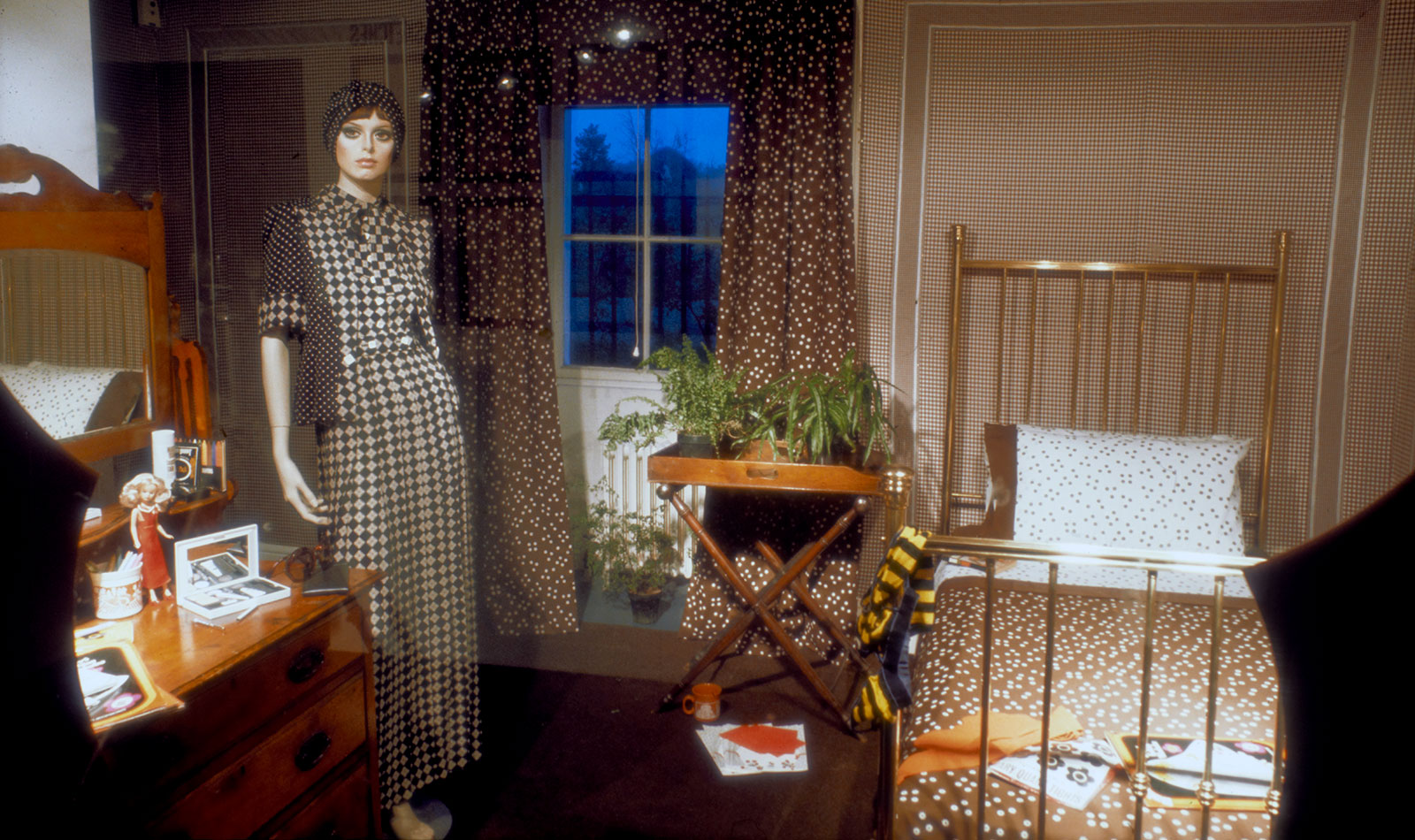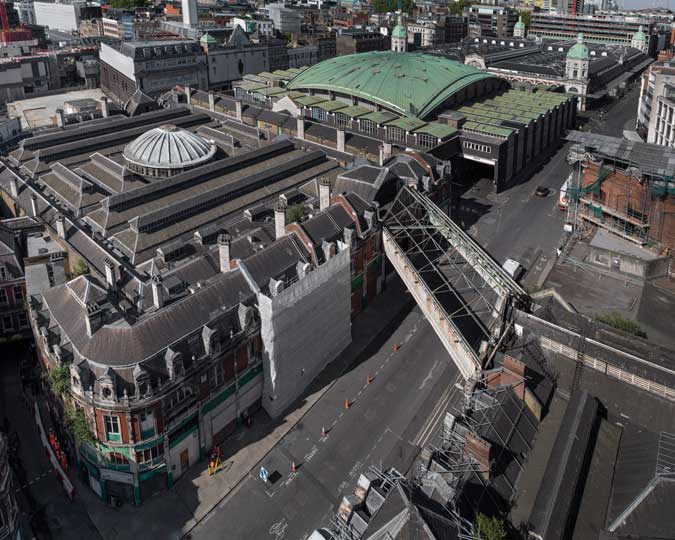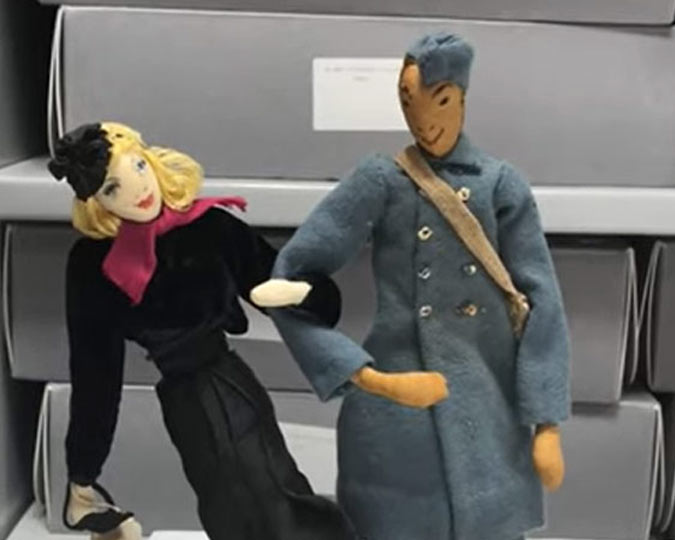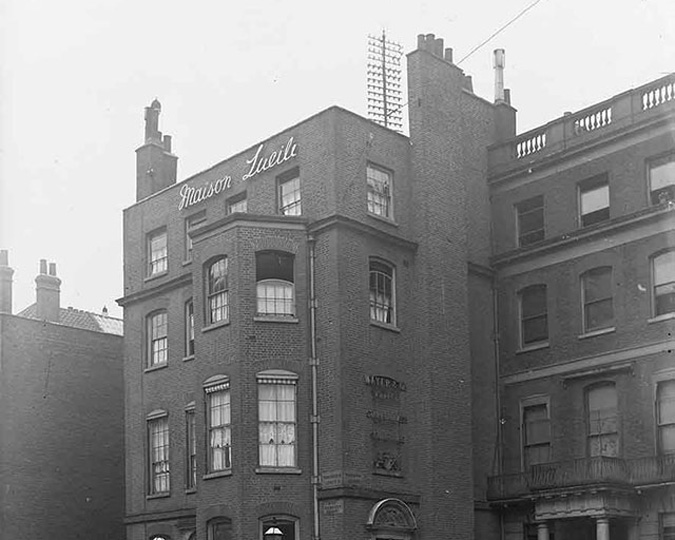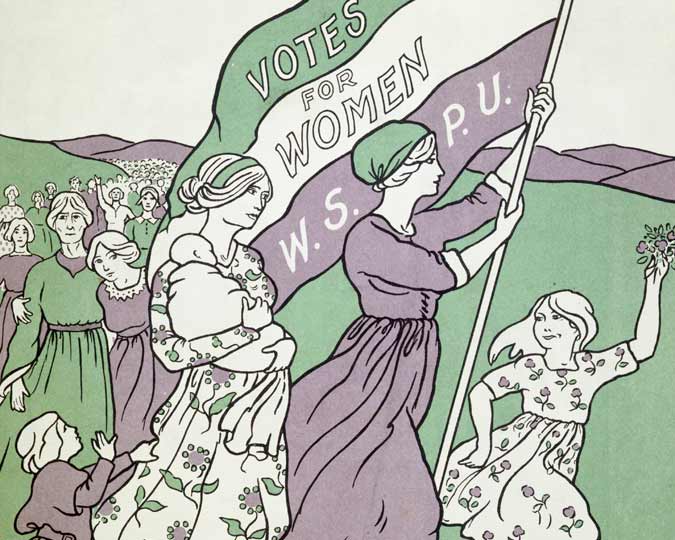As the Museum of London approaches its transformational move to a new building in West Smithfield, researcher Jihane Dyer looks back almost fifty years to another pivotal point in our history of display. She explains why the 1970s fashion exhibition Mary Quant’s London broke new ground in the transition from the old London Museum to the new Museum of London.
Opening in 1976, the Museum of London was created through the amalgamation of the London Museum and the Guildhall Museum. The transition took several years of preparation to complete and stimulated a total rethinking of what a museum for and about London could be – a process much like the one we are experiencing now. In the lead up to its move from Kensington Palace to the Barbican complex, curators at the London Museum experimented with new approaches to the city’s history through special exhibitions. The Museum’s ground-breaking final show Mary Quant’s London - staged at Kensington Palace between November 1973 and September 1974 - signalled a new direction in its approach to history and contemporary life ahead of relocation.
Fashioning the museum
As the first major museum exhibition to explore the work of a single, living fashion designer, Mary Quant’s London is an important ancestor of the blockbuster fashion shows that now attract record-breaking audiences. It was also only the second museum exhibition in London ever to be devoted to contemporary fashion, following quickly in the footsteps of the Victoria and Albert Museum’s Fashion: An Anthology by Cecil Beaton in 1971.
Its focus, of course, was Mary Quant – the Blackheath-born icon of the Swinging Sixties. She is best known for popularising the mini-skirt, but Quant’s lasting impressions on the fashion industry are plenty. They extend from her transformation of boutique retailing and mass-production of ready-to-wear designs to building an international lifestyle empire which also produced makeup and home furnishings.
Mary Quant’s London charted her remarkable career through a display of over fifty Quant ‘looks’ (complete outfits styled on mannequins) alongside accessories, photographs, sketches, makeup and homeware. The exhibition’s purpose was to tell a story of social change and modernity in the capital in the aftermath of the Second World War. In particular, it sought to show how London had emerged as the epicentre of a ‘Youthquake’ that channelled its energy through new directions in art, music and fashion.
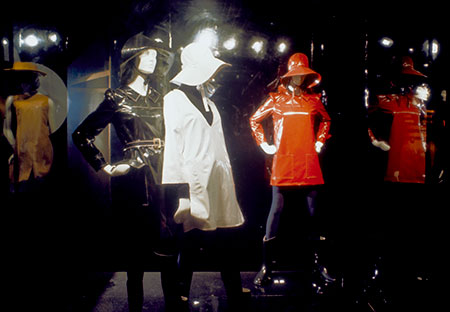
A display of 1960s 'wet-look' PVC ensembles
PVC rainwear was one of Quant's signature innovations
For Dr John Hayes – then Director of the London Museum – Quant’s story was completely tied to that of the city. Introducing the show’s two catalogues, he wrote:
No exhibition which did full justice to her achievement could fail to be about London life as well as about fashion. Thus, in this retrospective, we have sought to display the range, originality and progress of her immensely fertile ideas, as a tribute to the artistry of a great designer; but we have also set them against the London in which she lives and works, the new young Chelsea.
Mary Quant’s London was the most contemporary exhibition subject to be addressed at the London Museum since its opening in 1912, and only the second display to focus on the twentieth century. It was part of a self-conscious drive to reflect on the Museum’s strengths and ongoing purpose in advance of the next chapter of its life. In particular, it chimed with the desires of a new cohort of keepers who were working to develop a Modern Department at the new museum. According to the Director, it seemed particularly fitting for the final exhibition at Kensington Palace to address contemporary life on the eve of the museum’s relocation to a modern building:
That we have selected the world of fashion for this final exhibition will come as no surprise to those who are familiar with the riches of the London Museum’s collections in this field; that the life should be that of the Borough in which we have been proud to work for the last twenty-two years is equally appropriate.
Keeping it current
Keeping the exhibition up-to-date was of great importance to the Mary Quant Ltd. company too, who were keen to emphasise that while the Swinging Sixties had passed, the brand was still thriving. In newspaper coverage of the show, Quant herself was reported to have been sceptical about the idea of a retrospective at first, claiming, ‘They only give you exhibitions in museums when you’re dead, or they think you’re finished.’ Working with the brand on the creation of the show allowed the story’s timeline to come right into the present day by featuring items from Quant’s 1974 collections.
The final display made a clear statement about the company’s growth into an all-encompassing lifestyle brand by styling the ultimate bedsit for an independent woman of 1974, complete with Mary Quant bedding, curtains, mugs, makeup and, of course, outfit. Some of the newest objects, such as the Daisy fashion doll, were even added after the exhibition had opened to the public.
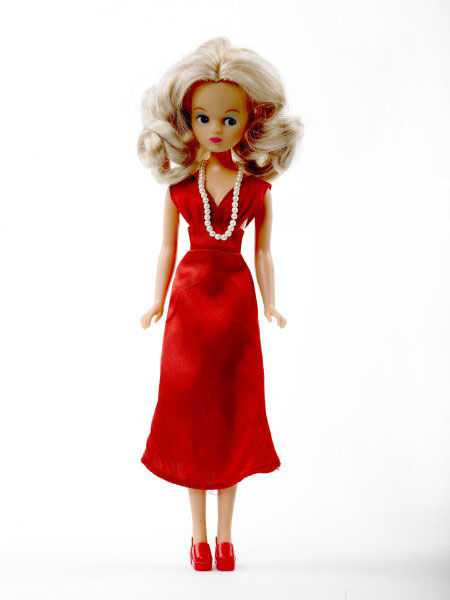
Teenage fashion doll
Teenage fashion doll created by Mary Quant, named 'Daisy' after the trade-mark that appears on all Quant products, 1973-1974. 74.330/36b
Another advantage of collaborating with the company was that Mary Quant Ltd. provided a large number of the outfits and objects on display, even recreating several garments that could not be sought from lenders. After the exhibition closed, most of these were acquired by the Museum of London, the Victoria and Albert Museum, and the Museum of Costume in Bath, where they continue to be exhibited.
Window-shopping?
Focusing on just one designer and collaborating directly with her company also had its risks for the London Museum. Most of all, the Museum had to face accusations that it was being too commercial from those who believed that a publicly funded institution was no place for an active brand. Nevertheless, the exhibition designer Michael Haynes went ahead with building a vibrant display space dominated by Quant’s distinctive Daisy logo. Primary-coloured showcases drew on the famously surreal aesthetic of the Bazaar boutique’s window displays, while purpose-created mannequins sported Quant’s signature Vidal Sassoon haircut.
Ground-breaking in its immersive approach to fashion display in the museum, the exhibition delivered a powerful sense of the unprecedented visibility and iconic status the Mary Quant brand had managed to establish on London’s streets – whether or not everyone could actually afford to buy the clothing.
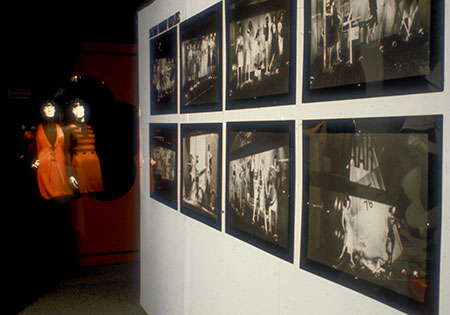
Photographs of Bazaar window displays in Mary Quant's London
As an early predecessor of the glamorous exhibitions today’s audiences love to flock to, Mary Quant’s London broke new ground by giving contemporary fashion a deserving place within the museum. But it took a significant level of risk to do so, and to highlight contemporary life, in a museum more used to displaying distant social history.
Charting the growth of a single fashion icon, Mary Quant’s London delivered a clear narrative of change in the city across a relatively short but radically transformative period of the twentieth century. The display showed, through fashion, that the most everyday experiences such as youthful rebellion, peering through shop windows and a woman decorating her first, independent home were all significant elements of London’s story and transformation into a modern city. It certainly activated public debate about the future role of the Museum of London in the 1970s on the cusp of its relocation to a brand new site!
Jihane Dyer is a PhD candidate researching the uses of fashion and clothing in city museums. Her Techne AHRC-funded project is jointly based at the Museum of London and Royal Holloway University of London.








